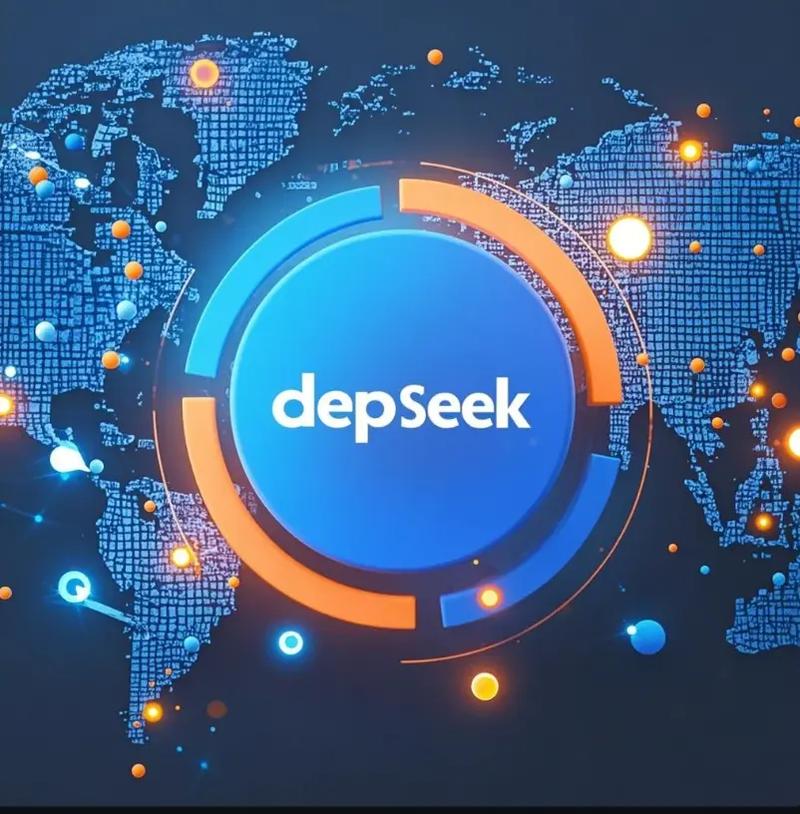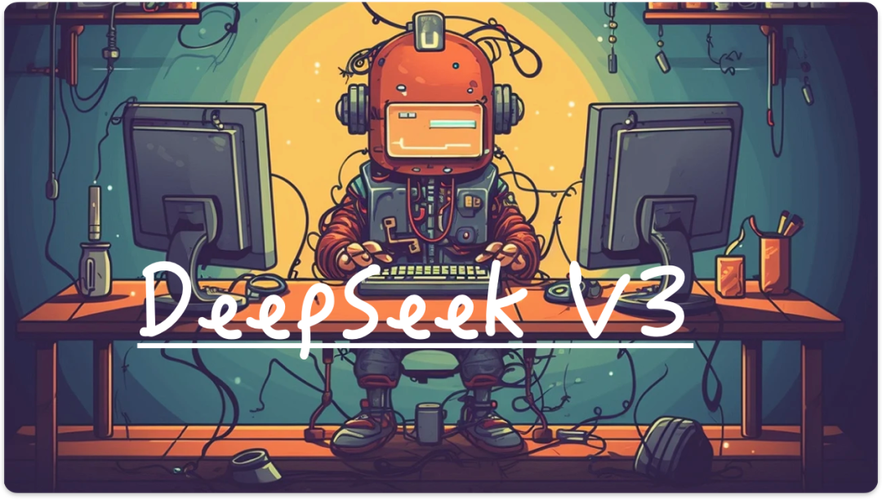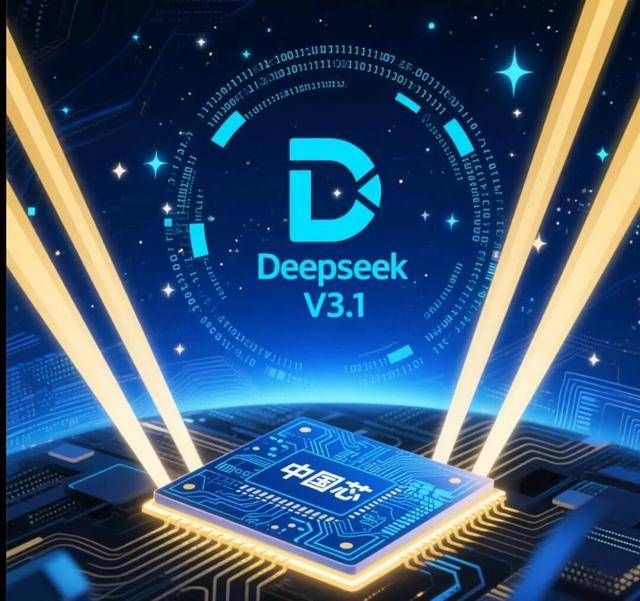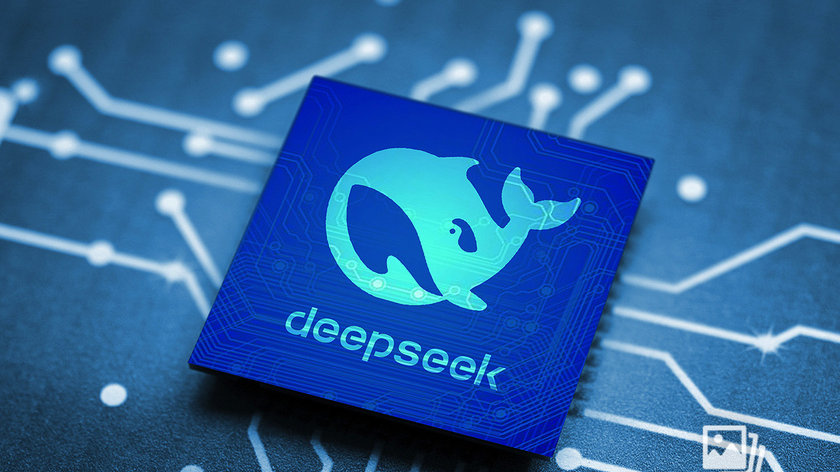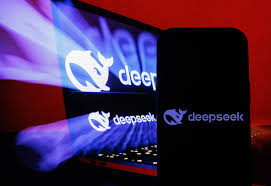🧪 Postman Collection to Test Your API – Complete Guide for Developers in 2025
💡 Introduction
APIs are the backbone of modern applications—whether you're building a DeepSeek-powered chatbot, a LangChain agent, or a simple CRUD backend for a web app. Testing and documenting your API properly is crucial to ensure:
Functionality
Reliability
Developer onboarding
Integration success
Enter Postman, the most popular platform for API development, testing, and collaboration. In this guide, you'll learn everything you need to know about creating, using, and sharing a Postman collection to test your API—whether it's local, deployed, or running on a remote container.

A decoder-only transformer consists of multiple identical decoder layers. Each of these layers features two main components: an attention layer and a FeedForward network (FFN) layer.[38] In the attention layer, the traditional multi-head attention mechanism has been enhanced with multi-head latent attention. This update introduces compressed latent vectors to boost performance and reduce memory usage during inference.
✅ Table of Contents
What is Postman?
Why Use Postman Collections?
Sample API: Flask + DeepSeek Chatbot
Installing Postman
Setting Up Your First Collection
Creating Environments (Local, Dev, Prod)
Defining Variables and Headers
Testing POST, GET, PUT, DELETE
Advanced: Tests, Scripts, Auth, and Pre-request Scripts
Exporting and Importing Collections
Version Control with Git + Postman
Postman CLI (newman) for CI/CD
Sharing with Teams & API Docs
Common Errors and How to Fix Them
Example Use Case: DeepSeek Chat API
Real-World Automation Scenarios
Bonus: Collections for LangChain, FastAPI, Node.js
Integrating Postman with Swagger/OpenAPI
Recommended Postman Practices in 2025
Final Thoughts & Downloadable Postman Collection
1. 🧠 What is Postman?
Postman is a platform for building, testing, and collaborating on APIs. It provides:
Graphical interface for sending requests
Visual debugging of responses
Automation of test cases
API documentation and mock servers
Multi-environment support
Collection versioning
2. 📦 Why Use Postman Collections?
| Feature | Benefit |
|---|---|
| Collections | Save and organize all API requests in one place |
| Reusability | No need to rewrite requests for every test |
| Automation | Easily run suites of requests with scripts |
| Documentation | Generate auto docs for sharing APIs |
| CI/CD Ready | Integrate with pipelines using Newman |
3. 🔧 Sample API: Flask + DeepSeek Chatbot
Let’s say you're running this Flask API:
python
from flask import Flask, request, jsonifyfrom llama_cpp import Llama
app = Flask(__name__)
llm = Llama(model_path="./models/deepseek.gguf",
n_ctx=4096)@app.route('/chat',
methods=['POST'])def chat():
prompt = request.json.get('prompt', '')
response = llm(prompt=prompt, max_tokens=256)
return jsonify({'response': response['choices'][0]['text'].strip()})
URL to test:
bash POST http://localhost:5000/chat
4. 📥 Installing Postman
a. Desktop App (Recommended):
Download from: https://www.postman.com/downloads/
b. Web Version:
Requires login, cloud-based storage.
5. 🧪 Setting Up Your First Collection
Step-by-step:
Open Postman → Click
New→CollectionName it:
DeepSeek Chatbot APIAdd request:
New → Request
Name:
Chat RequestMethod:
POSTURL:
http://localhost:5000/chatBody →
raw→JSONjson
{ "prompt": "What is LangChain?"}Click
Send
You’ll get a JSON response back. Save the request into the collection.
6. 🌍 Creating Environments (Local, Dev, Prod)
Create Environment:
Click the gear ⚙️ icon →
Manage EnvironmentsAdd variables:
host→http://localhost:5000apiKey→your-token(optional)
Now in your request, use:
bash
{{host}}/chat
Postman will automatically resolve it based on the selected environment.
7. 🧩 Defining Variables and Headers
Global / Environment Variables:
json
{
"host": "http://localhost:5000",
"auth_token": "Bearer abc123"}
Set Header:
css
Authorization: {{auth_token}}Content-Type: application/json
You can use these dynamically across all your requests.
8. 🔄 Testing POST, GET, PUT, DELETE
Here’s a common layout for API collections:
bash 🧪 DeepSeek Chatbot API (Collection) ├── 🔵 POST /chat ├── 🟢 GET /status ├── 🟡 PUT /config ├── 🔴 DELETE /session
Each request can have:
Descriptions
Example responses
Tests to validate responses
Documentation tabs
9. 🧠 Advanced: Tests, Scripts, Auth
Pre-request Script (e.g., generate token):
js
pm.environment.set("auth_token", "Bearer xyz123");
Test Script Example:
js
pm.test("Status code is 200", () => {
pm.response.to.have.status(200);
});
pm.test("Response has 'response' field", () => { const jsonData = pm.response.json();
pm.expect(jsonData).to.have.property('response');
});
You can run tests after every request automatically.
10. 📤 Exporting and Importing Collections
Export:
Click
...next to Collection →ExportChoose JSON v2.1 format
Save to
deepseek-api.postman_collection.json
Import:
Click
Import→ Drag JSON fileDone!
You can version-control this file with Git.
11. 🔁 Version Control with Git + Postman
Store your Postman collection in your repository:
pgsql /api ├── postman/ │ ├── deepseek-collection.json │ └── env-local.json
Update manually or use Postman Sync.
12. 🧪 Postman CLI (Newman) for CI/CD
Install Newman:
bash npm install -g newman
Run collection from CLI:
bash newman run deepseek-api.postman_collection.json \ --environment local.postman_environment.json
Integrate with GitHub Actions, GitLab CI, CircleCI, etc.
13. 👨👩👧 Sharing with Teams & API Docs
Invite teammates via workspace
Auto-generate docs from collections
Share as public URL or embed in Notion
Docs include:
Request/response format
Headers and parameters
Examples and curl equivalents
14. ❗ Common Errors and Fixes
| Error | Fix |
|---|---|
| CORS issue | Use Postman, not browser |
| 500 Internal Error | Check backend logs |
| 401 Unauthorized | Ensure token is set in headers |
| JSON parse error | Check syntax and headers |
| Cannot resolve {{host}} | Select the right environment |
15. 🔍 Example Use Case: DeepSeek Chat API
POST /chat
URL:
{{host}}/chatHeaders:
Content-Type: application/jsonBody:
json{
"prompt": "Explain quantum computing"}
Test Script:
js
pm.test("Response contains 'quantum'", () => {
pm.expect(pm.response.text()).to.include("quantum");
});
16. ⚙️ Real-World Automation Scenarios
Smoke testing after deployment
Regression testing APIs on push
Stress testing AI endpoints
Automatically generating API usage logs
Validating response accuracy over time (diffing)
17. 📚 Bonus: LangChain, FastAPI, Node.js Collections
For LangChain:
bash
POST /agent
{ "query": "Use calculator tool to add 5 and 9"}
For FastAPI backend:
python
@app.post("/ask")def ask(query: QueryRequest):
...
For Node.js (Express):
js
router.post('/chat', async (req, res) => {
...
});
You can test all with the same Postman workflow.
18. 🔄 Integrating Postman with OpenAPI / Swagger
Upload
openapi.json→ Auto-generate collectionSync with SwaggerHub
Import Postman into Swagger UI for documentation
Convert Postman ↔ Swagger via: https://converter.swagger.io/
19. 🧠 Recommended Postman Practices in 2025
| Tip | Why |
|---|---|
| Use environment variables | Avoid hardcoding endpoints |
| Write tests | Automate validation |
| Use folders for grouping | Keep collections organized |
| Export regularly | Version safely |
| Share with markdown docs | Improve onboarding |
20. ✅ Final Thoughts & Downloadable Postman Collection
Postman remains the #1 tool for API quality assurance, collaboration, and automation. In AI-driven apps, where logic is dynamic and responses are fluid, Postman helps ensure your endpoints are:
Stable
Functional
Documented
Shareable
Testable
📁 Want the Ready-Made Collection?
Let me know and I’ll send you:
✅
deepseek-api.postman_collection.json✅
deepseek-environment-local.json✅ Example test suite
✅ Newman CLI setup
